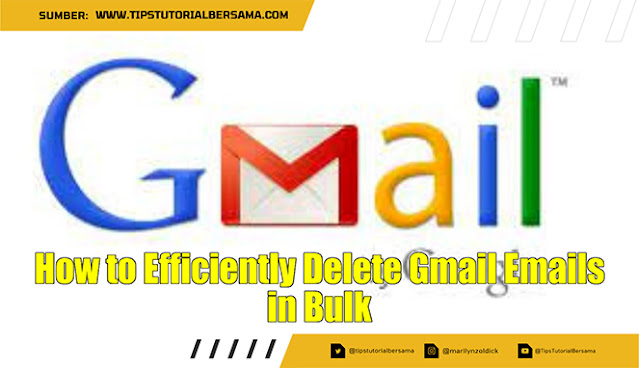Managing a cluttered Gmail inbox can be overwhelming, especially when dealing with thousands of emails. However, Gmail offers several efficient methods to help users delete multiple emails in bulk. In this article, we will explore step-by-step instructions on how to streamline your email management process. Whether you are using the desktop version or the Gmail mobile app, you can easily delete unread messages, important emails, and thousands of emails within a specific date range. Read on to discover the most effective techniques for bulk deleting emails in Gmail.
Understanding Gmail's Bulk Delete Feature
Gmail provides a convenient bulk delete feature that allows users to remove multiple emails simultaneously within a specific date range. To access this feature, follow these steps:
- Open your Gmail inbox and click the "Select" checkbox at the top left corner, next to the search bar.
- Click the "All" checkbox that appears in the bar at the top.
- A message will appear stating, "All 50 conversations on this page are selected."
- Click the "Select all conversations that match this search" link to expand the selection to include all conversations within the specified date range.
- Once all the desired emails are selected, click the trash bin icon to delete the emails permanently.
Streamlining Bulk Deletion with Filters
Gmail's filtering feature can be incredibly useful for deleting specific types of emails in bulk. To set up a filter for bulk deletion, follow these steps:
- Open Gmail and click the gear icon on the top right corner, then select "Settings" from the dropdown menu.
- Navigate to the "Filters and Blocked Addresses" tab.
- Click on "Create a new filter."
- Specify the criteria for the emails you want to delete, such as sender, subject, or keywords.
- Click "Create filter" and select the checkbox next to "Delete it."
- Click "Create filter" to activate the filter and delete matching emails within the specified date range.
Bulk Deleting Emails on Mobile Devices
Managing emails in bulk is not limited to desktop users; the Gmail mobile app also provides options for deleting multiple emails simultaneously. Here's how to do it:
- Open the Gmail mobile app on your device.
- Tap the "Menu" icon (three horizontal lines) at the top left corner.
- Scroll down and select "All Mail" to view all emails in your Gmail account.
- Tap the search bar at the top and enter the desired search criteria, such as the date range or specific keywords.
- Tap the "Search" button to display the emails that match your search.
- To select all the emails, tap the "Select" checkbox at the top left corner.
- Finally, tap the trash bin icon to mass delete the selected emails permanently.
Utilizing the Trash Folder and Restoring Deleted Emails
Deleted emails are moved to the trash folder, where they remain for 30 days before being permanently deleted. If you accidentally delete an email, you can easily restore it within this timeframe. Here's how:
- Open the Gmail inbox and click on the "Trash" label on the left-hand side.
- Find the deleted email you want to restore and select the checkbox beside it.
- Click the "Move to" button at the top and select the desired folder (e.g., "Inbox") to restore the email.
Conclusion
Managing a cluttered Gmail inbox becomes effortless with the ability to
delete multiple emails in bulk. Whether you're using the desktop version or
the Gmail mobile app, the step-by-step instructions provided in this article
enable you to efficiently delete unread messages, thousands of emails, and
important emails within a specific date range. By utilizing Gmail's bulk
delete feature, setting up filters, and understanding the functionality of
the trash folder, you can maintain an organized inbox that enhances your
productivity and saves valuable time.










